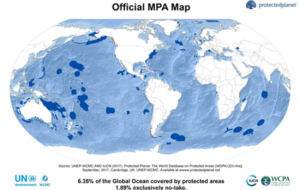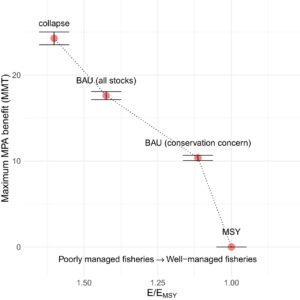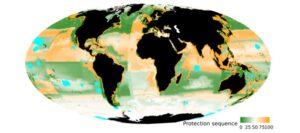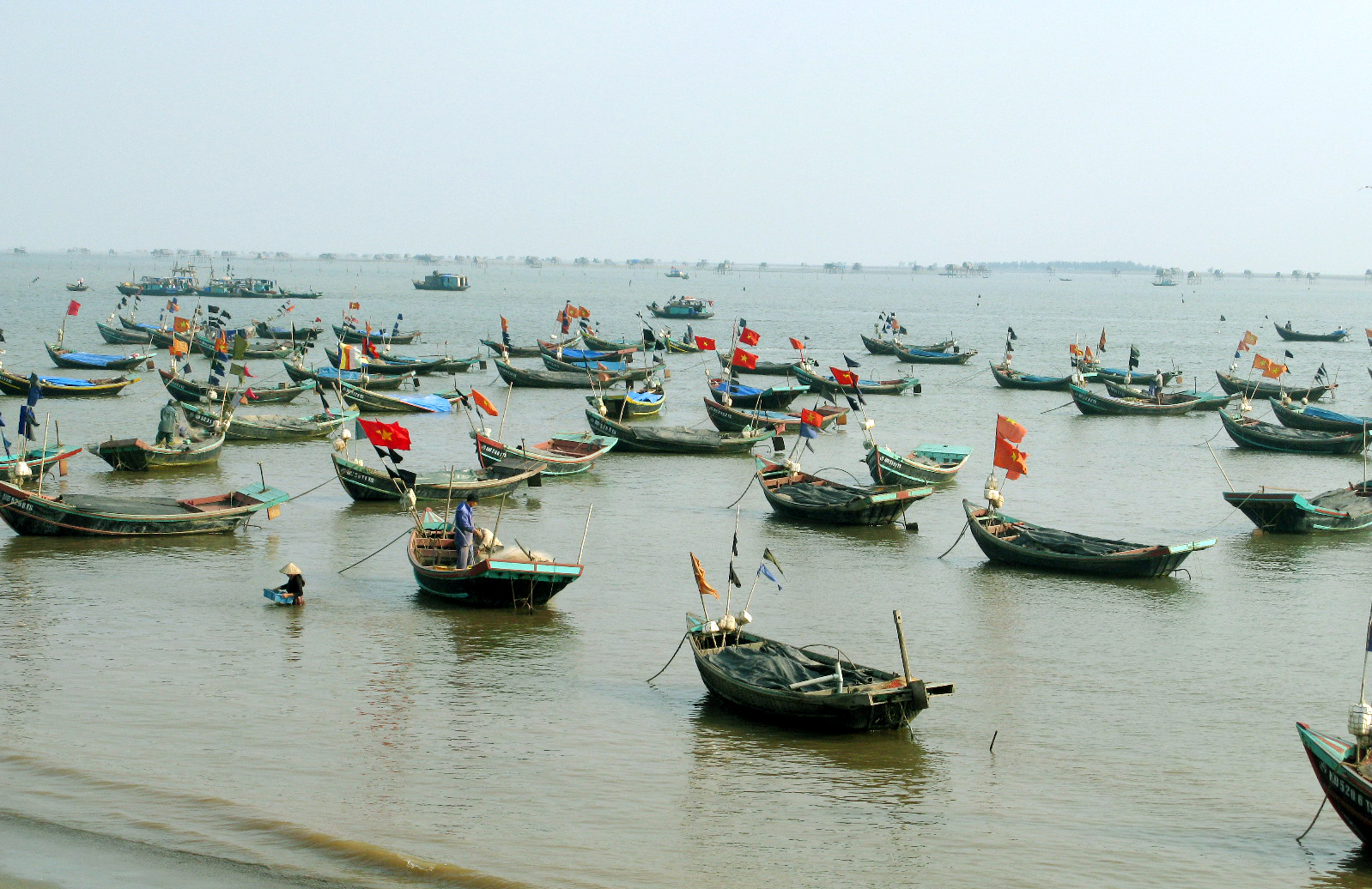Cabral, Reniel B., et al. “A global network of marine protected areas for food.” Proceedings of the National Academy of Sciences 117.45 (2020): 28134-28139. https://doi.org/10.1073/pnas.2000174117
As the earth’s population increases, so does the demand for food. With the population predicted to reach 8 billion by 2023, the challenge of producing enough food to support such a population looms large. While some researchers look to the land to solve this impending issue, others look to the sea. A recent article by Cabral et al. (2020) explains how marine protected areas may hold the key to feeding a portion of the growing population.
The Basics: What are Marine Protected Areas?
Marine protected areas (MPAs) are areas of the ocean that are protected for conservation goals and generally prohibit fishing and the associated activities. The MPAs are usually managed by government agencies with the goal of conserving fish populations, restoring vulnerable habitats and curbing the effects of overfishing in the region. MPAs are especially valuable to coastal nations and communities which are dependent on fishing activities as a main source of income. Not only do MPAs encourage the growth of vital fish populations, they also protect and encourage the resilience of important habitats like coral reefs and wetlands. Currently, only 6.35% of the ocean is protected under MPAs.

The Study:
The study by Cabral and his team synthesized data from over 1,000 fisheries to get a better understanding of how expanding nearby MPAs may actually increase yield from fisheries over time. The researchers looked at several factors to determine how much fisheries would benefit from the expansion of MPAs. First, they looked at the extent of exploitation of fisheries around the globe. They also assessed the spillover from MPAs, that is, fish populations that move outside MPAs and are therefore fair game for fishers. Finally, they critiqued the current management strategies of MPAs to gain insight on where they could be improved.
After performing some complex calculations and running the results through a computer model, Cabral and his team came up with several interesting predictions.
-
Regions that suffer from overexploited fisheries have a greater capacity to benefit from expanded MPAs than those that are not experiencing stress from overfishing.
-
Spillover from MPAS can potentially produce 12 times more fish biomass than what would otherwise be found outside of coastal areas.
-
By protecting an additional 5% of the ocean under MPAs, global fisheries production could increase by up to 20%.
In order to reap the benefits of increased MPAs, the authors recommend creating a global network of MPAs to aid with management and implementation. Since the maximum sustainable yield of each region is different, the global network would allow each fishery to be managed according to its individual maximum sustainable yield. To assess the effectiveness of the network, the authors created a model to predict how it would respond to different scenarios (see figure 2). According to the model, overexploited fisheries (those on the brink of collapse) will likely receive the greatest benefits from MPAs, while other business as usual (either regular fishing or those with some conservation aims) will still receive noticeable benefits, but not nearly as many as overexploited fisheries. Fisheries managed with the maximum sustainable yield in mind will receive little to no benefits, because these fisheries are already protected from collapse and other issues associated with overfishing.

Next Steps:
While there are still many other factors to consider, the authors realized that more research needs to be done in order to actually start building a global network of MPAs. One of the main concerns is the location of new MPAs. Since many fishing communities rely on coastal and nearshore fisheries for both income and food, expanding MPAs near the coast may have unintended tradeoffs, despite the fact that coastal MPAs optimize benefits to surrounding fisheries. Another concern is the time it will take for the MPAs to become effective and produce the promised benefits. Due to the slow recovery time of many marine ecosystems, the authors predict it could be 10 years or more after the initial implementation of MPAs for the benefits associated with them to become apparent.

Regardless of these obstacles, the authors remain hopeful that a global MPA network will arise because many nations have expressed interest in expanding the MPAs under their jurisdictions. While global coordination will be key in such a network, the authors express that local and regional efforts will be just as important in the implementation and maintenance of the network. They imply order for the benefits of the global MPA network to fully manifest, there will need to be a network of dedicated people committed to creating and maintaining it.
For more information on how global networks could help manage fisheries and help provide food for a growing population, check out this previous Oceanbites article from 2018.
I recently graduated with a degree in Environmental Earth Science and Sustainability from Miami University of Ohio, and I recently started my MSc at the University of Victoria. While my undergraduate research focused on biogeochemical cycles in lakes and streams, I am excited to pursue my MSc in the El-Sabaawi Lab and explore how urbanization might impact fisheries. In my free time, I love to travel to somewhere off the beaten path, read fantasy novels, try new recipes, and plan my next trip to the ocean.

